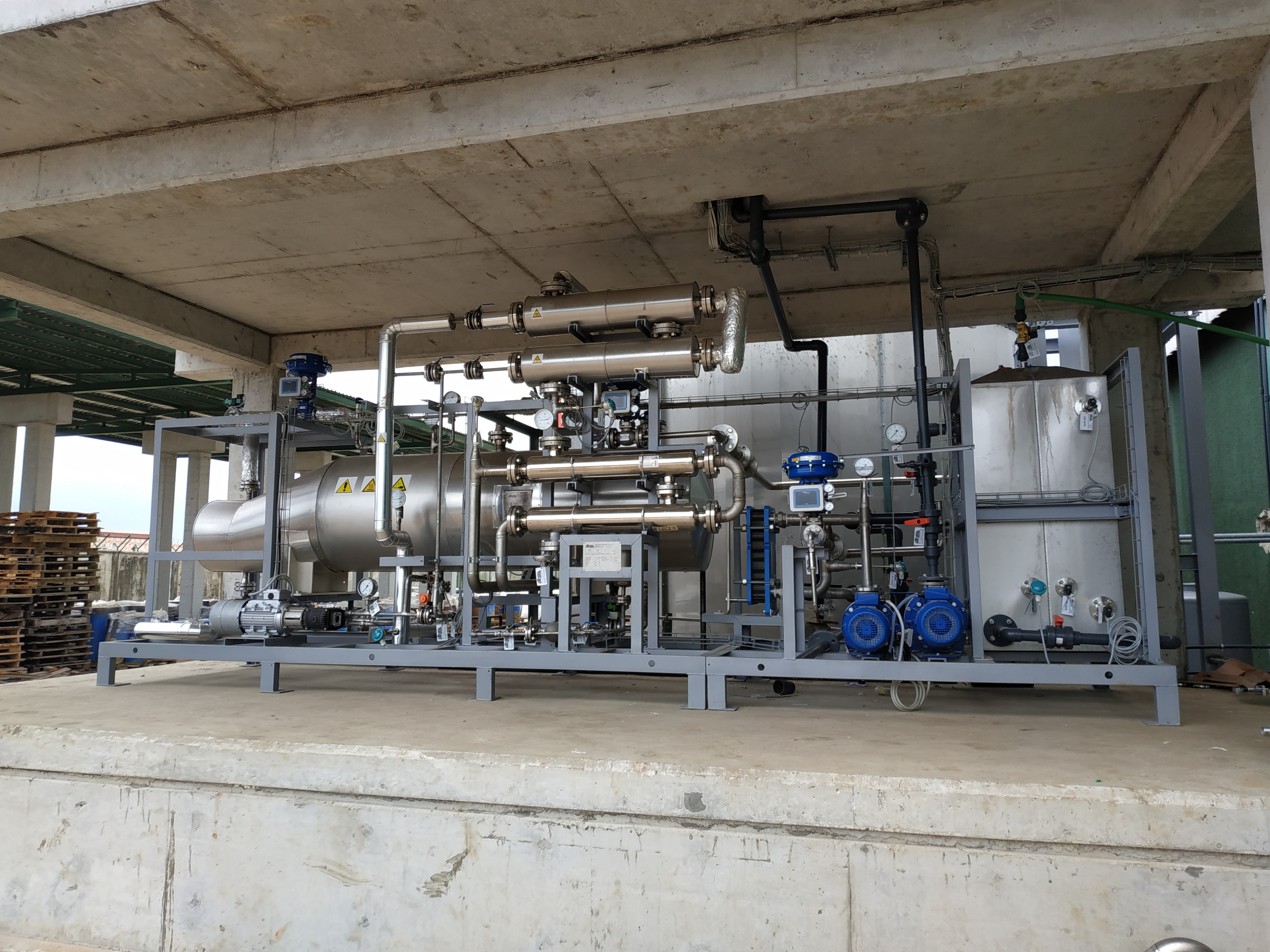STC designs and supplies desulphurization processes applicable both for lead paste and metallic lead in order to reduce the environmental issues caused by the traditional pyrometallurgical process, to cope with the pressure of local environmental authorities and with the costs increase of transportation and landfilling of hazardous waste.
The STC desulphurization process can be easily implemented and integrated into existing plants and can also be used to reduce the amount of Sulphur contained in the metallic lead (grids) thus additionally reducing the amount of SO2 emitted and the slag generated (grids contain some % of PbSO4 coming from the sulphatation and corrosion process during the battery lifecycle).
While from the environmental and process point of view the desulphurization process is always convenient, the real impact on production costs is more evident where the cost of disposal of the slag is high or when the availability of landfill for hazardous waste is limited.
Therefore, the real economic advantages of the process have to be verified case by case and carefully calculated for each specific situation. STC has developed a model for calculation of the process feasibility and return of the investment that is available for STC’s Customers. STC is able to provide all kinds of desulphurization systems using all the chemicals available on local market (Urea, Na2,CO3 , NaOH, (NH4)2 ,CO3 coupled with different kind of evaporation and crystallization systems including direct steam, cold and hot crystallizers, Mechanical Vapour Recompression, Heat Pump.
An effective purification step is carried out on the sulphate solutions coming from the desulphurization process, either sodium sulphate or ammonium sulphate, in order to remove the heavy metals so that the final sulphate salts produced will have a very high purity, exceeding the standards for any application (sodium sulphate animal food grade, suitable for textile, detergent, glass and paper industry - ammonium sulphate usable as fertilizer in agriculture).

Traditional Desulphurizaton Process (with NaOH or Na2CO3)
The main benefits resulting from the implementation of the paste desulphurization process in a battery recycling plant derive from a series of advantages concerning the following areas:
-
Process Optimization
- Lower smelting temperature of desulphurized paste;
- Lower Sulphur in the desulphurized paste (typically 0,5-0,6%);
- Easier formation of iron-soda matte;
- Good quality of obtained slag;
- Easier refining operation (time reduction);
- Reduction of dross and ashes from refinery to be recycled
-
Savings in production costs
- Reduction of slags generated (-65%) – hazardous waste to be transported and disposed of in special landfill sites at high cost;
- Less fluxants required and particularly iron consumption is reduced by 90%;
- Less fuel required (-15%);
- Less oxygen required (-15%) when using oxy-fuel burners;
- Higher productivity & Faster cycle;
- Smaller furnace;
- Less lead lost with slags;
- Revenue from sodium sulphate covers some of the additional costs (chemicals and energy).
-
Environmental impact reduction
- Drastic reduction of generated hazardous waste to be transported and disposed of in special landfill sites;
- Reduction of SO2 emissions -90%;
- Less fossil fuel consumption (oil or natural gas etc.);
- Less CO2 generated because of fuel consumption reduction;
- No liquid effluents as the process is Zero liquid discharge when crystallization is adopted: the condensate is reused inside the plant;
- No need for an external electrolyte neutralization system as the sulphuric acid can be converted into sodium sulphate in the same equipment used for paste desulphurization.
Innovative Desulphurization Process: U4lead
STC has developed and patented an innovative desulphurization process in order to overcome the problems of the chemicals cost/quality and the relatively poor market for sodium sulphate, ensuring at the same time all the advantages of the desulphurization process.
The U4Lead process by STC uses an amino compound, namely Urea, as chemical for the desulphurization of paste and electrolyte neutralization process. The simplified reaction can be summarized as follows:
- CO(NH2)2 + PbSO4+H2O >PbCO3 + (NH4)2SO4 ;
- CO(NH2)2 + H2SO4 + H2O >(NH4)2SO4+CO2..
As by-product, pure Ammonium Sulphate is obtained: this chemical has a very good market and can be sold, in liquid form or in crystals as fertilizer for agriculture.
U4Lead Advantages
All the advantages of the traditional desulphurization are maintained and in many cases improved.
In particular:
- A higher degree of conversion of the lead sulphate into lead carbonate, more than 97%;
- The process is faster than using other chemicals thus allowing reduction of reactors volume;
- The desulphurization level obtained is higher than the traditional process (0,2-0,3% of Sulphur remaining);
- Further reduction of slag generation (only 5-6% on Pb produced!) and associated lead losses;
- Further reduction of Iron usage in the charge;
- Further reduction of fuel and oxygen consumption;
- UREA is normally cheaper than other reagents and is worldwide largely available;
- The by-product obtained is ammonium sulphate that could be used and sold easily as fertilizer in liquid or crystals form: the selling price is normally higher than sodium sulphate;
- UREA does not involve any environmental, pollution and safety problems for workers related to transport, storage and handling.

